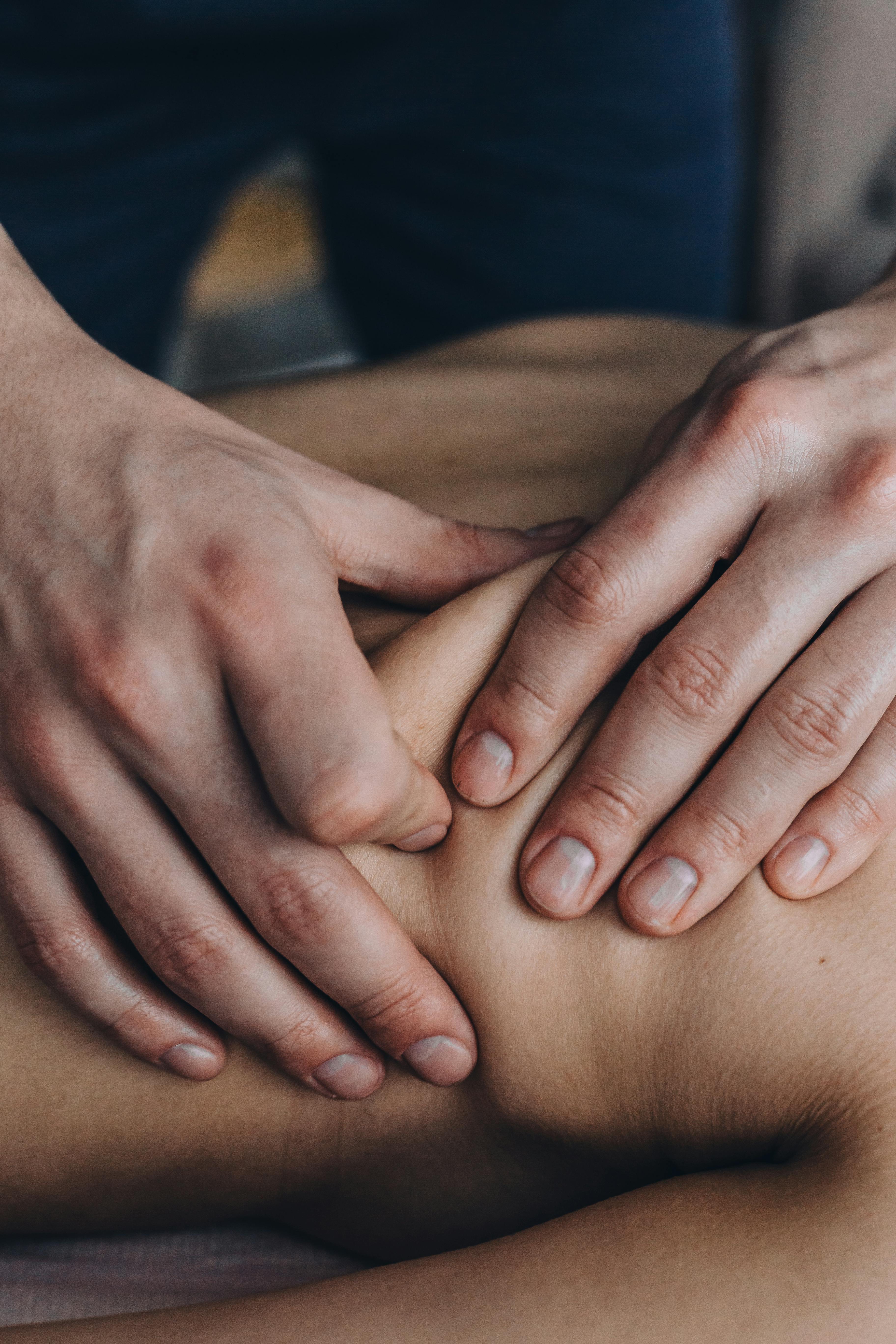Unraveling the Magic of Botox: A Journey Through Time
In the realm of beauty enhancements, Botox has been a game-changer. Its origins can be traced back to the 19th century, when German scientist Justinus Kerner started investigating the lethal food poisoning botulism. Kerner discovered that the toxin causing botulism, later named Botulinum toxin, could cause muscle paralysis. Fast forward to the 1980s, when ophthalmologists first used this toxin to treat strabismus (crossed eyes) and blepharospasm (uncontrollable blinking). It was during these treatments that they noticed an unexpected yet welcome side effect - the reduction of wrinkles around the eyes.

The Rise of Botox as a Cosmetic Treatment
In the mid-1990s, Botox started gaining traction as a cosmetic treatment. Dermatologists realized that strategic injections could relax facial muscles, smoothing out wrinkles and providing a more youthful, refreshed appearance. In 2002, the FDA approved Botox for cosmetic use, and from there, it skyrocketed to prominence. Today, Botox treatments are one of the most commonly performed cosmetic procedures worldwide.
The Science Behind the Beauty
Botox works by blocking signals from the nerves to the muscles. The injected muscle can no longer contract, causing wrinkles to relax and soften. This action is particularly effective for treating frown lines, crow’s feet, and forehead lines. The procedure is minimally invasive and quick, often taking less than 15 minutes, with no recovery time required. However, the effects are temporary, typically lasting three to four months, making regular treatments necessary to maintain the results.
The Impact and Reception of Botox
The impact of Botox on the beauty industry is undeniable. It has revolutionized anti-aging treatments, offering a non-surgical, quick, and relatively affordable option for those seeking to reduce the signs of aging. The procedure’s popularity has also normalized the use of cosmetic treatments, helping to decrease the stigma associated with them.
The reception to Botox has been mostly positive, with millions of people worldwide investing in the treatment. However, it has not been without controversy. Some critics argue that it promotes unrealistic beauty standards and contributes to the societal pressure to look young. Additionally, concerns over potential side effects and the overuse of Botox have been raised.
The Future of Botox
Despite these criticisms, the future of Botox looks promising. The industry is continually innovating, with newer versions of the toxin being developed for improved results and longevity. Furthermore, the use of Botox is expanding beyond cosmetics, with medical applications for conditions such as migraines, excessive sweating, and bladder disorders.
Beyond Beauty: Botox as a Cultural Phenomenon
In a broader cultural context, Botox is more than just a beauty treatment. It is a symbol of the modern era’s complex relationship with aging and beauty. On the one hand, it embodies the desire for eternal youth, a timeless human longing now achievable through medical science. On the other hand, it reflects our society’s struggle to accept aging as a natural process and our often complicated relationship with our bodies.
The popularity of Botox also underscores the power of the beauty industry and its ability to influence societal norms and perceptions. It is a testament to the lengths some people are willing to go to conform to these standards, even if it involves altering their physical features.
While Botox may not be everyone’s cup of tea, its role in shaping the beauty landscape is undeniable. As we move forward, it serves as a reminder of the importance of critical dialogue about beauty standards and practices, the ethics of cosmetic procedures, and the evolving definitions of beauty in the 21st century.




